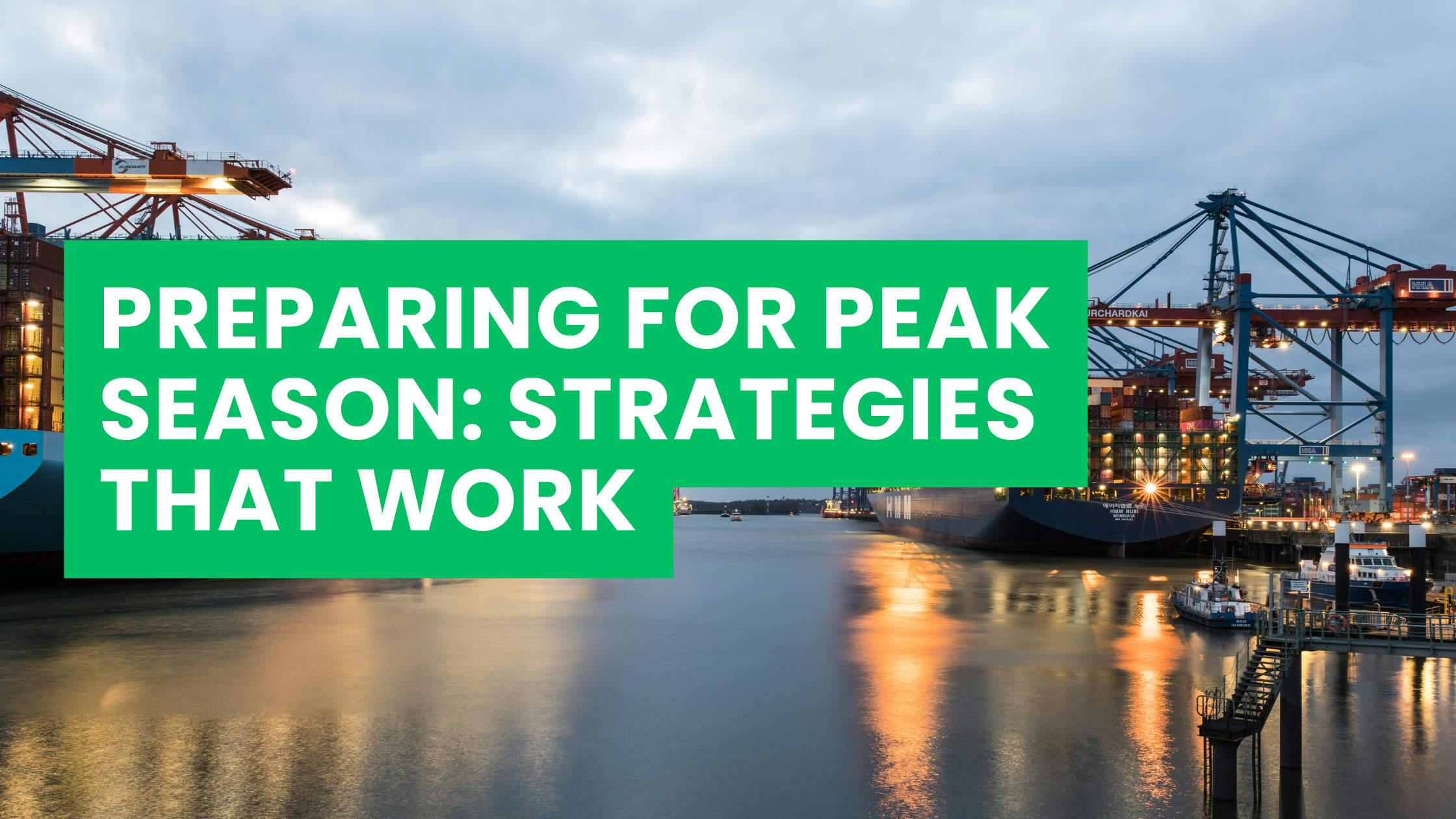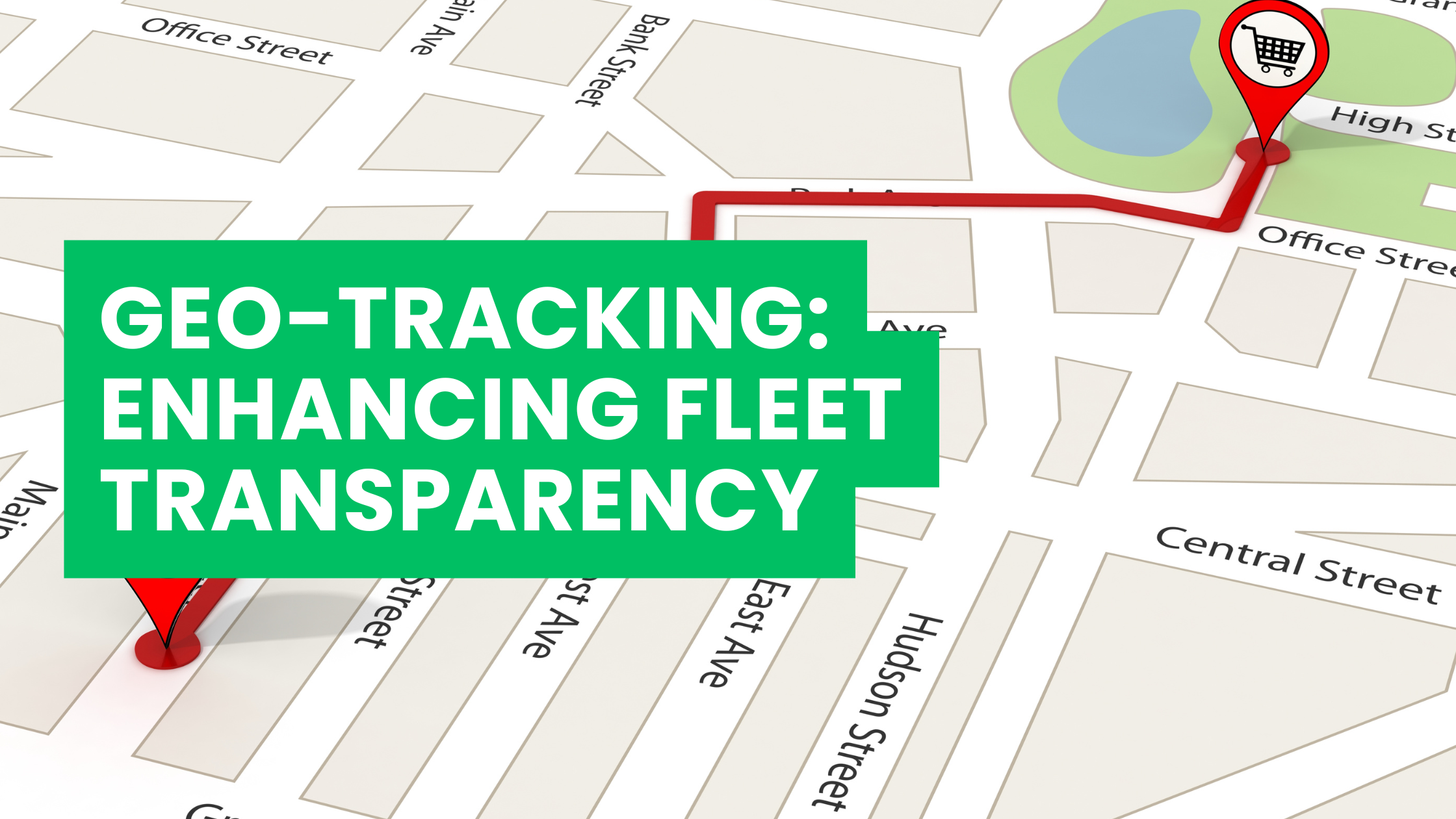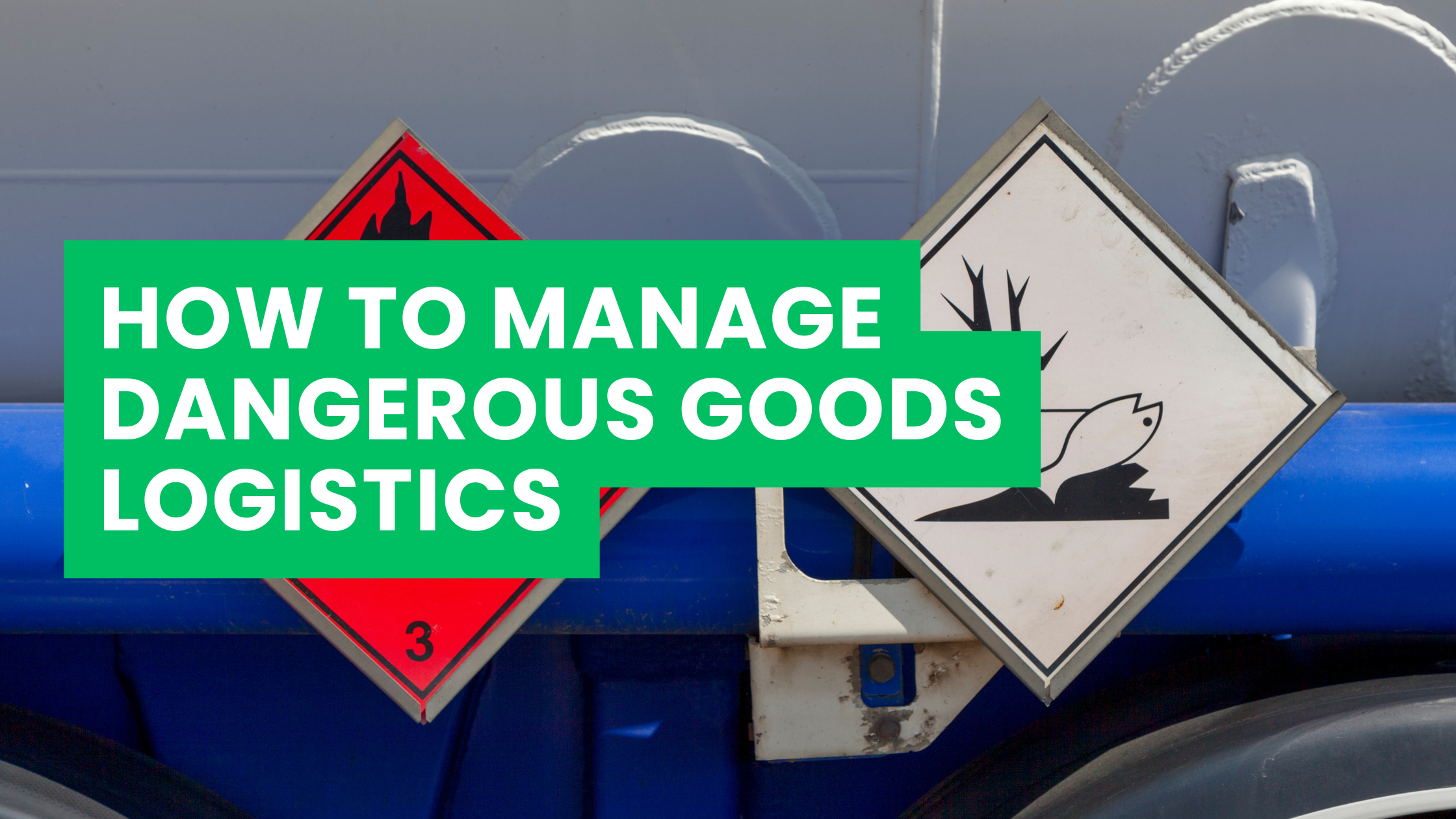Introduction
Every year, the logistics and supply chain industry braces for one of its most defining challenges—peak season. Whether it’s the year-end holiday rush, back-to-school surges, Black Friday/Cyber Monday spikes, or agricultural harvests, peak season brings a predictable but intense storm of demand.
For logistics companies, freight forwarders, and supply chain managers, peak season is both an opportunity and a stress test. Those who prepare strategically capture new business, build customer trust, and strengthen market position. Those who don’t risk delays, backlogs, customer dissatisfaction, and eroded margins.
At ASL International, we believe peak season success lies in combining data-driven preparation, human expertise, and flexible solutions. This article dives into the strategies that consistently work—from forecasting to technology adoption—so your operations thrive during the busiest times of the year.
Understanding the Peak Season Phenomenon
Peak season is not just about volume; it’s about compressed timelines and unpredictable variables.
- Higher Order Volumes – E-commerce platforms often see order volumes double or triple.
- Capacity Crunch – Air, ocean, and trucking capacity becomes scarce, driving up rates.
- Customs Delays – Congestion at ports and airports often causes bottlenecks.
- Labor Shortages – Warehouses and last-mile delivery providers struggle to scale workforce fast enough.
In other words: peak season magnifies existing supply chain challenges. Preparation is no longer optional—it’s essential.
1. Forecasting with Precision
The first step in preparing for peak season is knowing what’s coming. Too many companies rely on outdated forecasting methods or gut instincts. Today, accurate forecasting requires:
- Data Analytics: Leverage historical sales data, seasonal patterns, and AI-powered demand planning.
- Customer Collaboration: Share forecasts with retailers, suppliers, and carriers for synchronized planning.
- Scenario Planning: Model best-case, worst-case, and realistic demand outcomes.
📊 Example: A retailer working with ASL International used AI forecasting tools combined with customs clearance data to predict demand spikes two weeks earlier than competitors. This allowed them to secure ocean freight capacity before rates peaked.
2. Securing Capacity Early
Capacity is the lifeblood of peak season operations. Without guaranteed space, even the best forecast fails.
Proven strategies include:
- Carrier Partnerships: Build year-round relationships with airlines, shipping lines, and trucking companies.
- Block Space Agreements: Secure space in advance, even if volumes aren’t confirmed.
- Multi-Modal Solutions: Flex between air, ocean, rail, and trucking to balance cost and speed.
- Regional Hubs: Position goods in multiple strategic hubs to reduce risk of disruption.
🔑 Tip: ASL International advises clients to book at least 3–6 months in advance for major holiday seasons. This protects against price surges and ensures delivery commitments.
3. Optimizing Inventory Positioning
Peak season is not just about moving goods faster—it’s about moving them closer to customers.
- Decentralized Warehousing: Store goods in regional fulfillment centers for faster last-mile delivery.
- Cross-Docking: Minimize storage time by moving inbound goods directly to outbound transport.
- Buffer Stock: Hold contingency inventory for high-demand SKUs to prevent stockouts.
📦 Case in Point: A global electronics brand reduced last-mile delivery times in Asia by 40% after repositioning inventory with ASL International’s regional hubs in Singapore and Dubai.
4. Leveraging Technology for Visibility
During peak season, visibility is the difference between proactive problem-solving and reactive firefighting.
Key digital tools:
- Real-Time Tracking: End-to-end visibility for customers and managers.
- Control Towers: Centralized dashboards that monitor global shipments in real time.
- Predictive Analytics: Identify potential bottlenecks before they occur.
- Digital Customs Clearance: Accelerates border crossings by reducing paperwork errors.
💡 Example: ASL International implemented a real-time tracking dashboard for a major apparel retailer, reducing customer service inquiries by 60% during peak months.
5. Strengthening Last-Mile Delivery
The last mile is where peak season failures are most visible to customers. Missed deliveries or delays damage brand loyalty instantly.
- Carrier Diversification: Avoid overreliance on a single last-mile provider.
- Crowdsourced Delivery Models: Partner with gig-economy drivers for extra capacity.
- Alternative Pickup Options: Offer lockers, pickup points, or in-store collection.
- Route Optimization: AI-driven routing reduces delays and fuel costs.
🚚 Insight: ASL International’s partnerships with regional couriers in Africa and the Middle East allow global retailers to maintain reliable last-mile service in hard-to-reach markets.
6. Investing in Workforce Flexibility
People remain the backbone of peak season. While automation is critical, human expertise and adaptability are irreplaceable.
- Seasonal Hiring Programs: Build pipelines of trained seasonal workers.
- Cross-Training: Ensure employees can shift roles (e.g., warehouse to dispatch).
- Retention Strategies: Incentives, flexible shifts, and recognition reduce turnover.
👷 Case Study: One of ASL International’s FMCG clients scaled warehouse staff by 30% during peak by creating a flexible shift system, reducing overtime costs and boosting employee satisfaction.
7. Financial Planning and Cost Control
Peak season often means surging freight rates, higher labor costs, and unexpected fees. Smart financial preparation includes:
- Budget Buffers: Set aside 10–15% extra for unforeseen expenses.
- Dynamic Pricing Models: Pass peak season surcharges transparently to customers.
- Duty & Tax Management: Work with IOR/EOR services to reduce compliance risks.
- Vendor Negotiation: Lock in rates earlier to avoid last-minute surcharges.
💰 Example: By using ASL’s Importer of Record services, a telecom client avoided $250,000 in penalties due to misclassified imports during peak season.
8. Building Resilience Through Diversification
If peak season 2020 (pandemic lockdowns) and 2021 (port congestion) taught us anything, it’s that resilience matters.
- Supplier Diversification: Don’t depend on a single factory or country.
- Routing Alternatives: Pre-plan secondary ports, airports, and trucking routes.
- Multiple Carriers: Spread shipments across providers to reduce risk.
🌐 Lesson: A diversified network reduces single points of failure. ASL’s global partnerships across 120+ countries give clients a safety net when disruptions strike.
9. Sustainability in Peak Season
Peak season operations often clash with sustainability goals—air freight surges, packaging waste, and high energy usage. Companies that align sustainability with efficiency gain competitive advantage.
- Green Packaging: Recyclable materials reduce waste and enhance brand image.
- Carbon Offsetting: Partner with providers who offer carbon-neutral logistics.
- Efficient Consolidation: Fewer, fuller shipments reduce emissions and costs.
🌱 Example: ASL International helped a European fashion retailer consolidate ocean shipments, cutting both costs and 12% of CO₂ emissions during holiday season.
10. Communication & Customer Experience
Finally, clear communication is the ultimate peak season differentiator. Customers can forgive delays—but not silence.
- Proactive Updates: Notify customers before they ask.
- Transparency in Delays: Honesty builds trust.
- Custom Alerts: Automated notifications improve satisfaction.
💬 Tip: During peak 2023, ASL International created a client communication protocol that reduced escalations by 45%.
Conclusion
Peak season is not a challenge to fear—it’s an opportunity to prove reliability and agility. By combining data, technology, strong partnerships, and human expertise, companies can turn seasonal pressure into long-term growth.
At ASL International, we’ve helped global retailers, manufacturers, and tech companies navigate the world’s toughest peak seasons. Our tailored solutions—from capacity management to last-mile delivery—help clients stay ahead of the curve.
👉 The key takeaway: Peak season success is built months before it begins. The companies that prepare today are the ones that thrive tomorrow.










